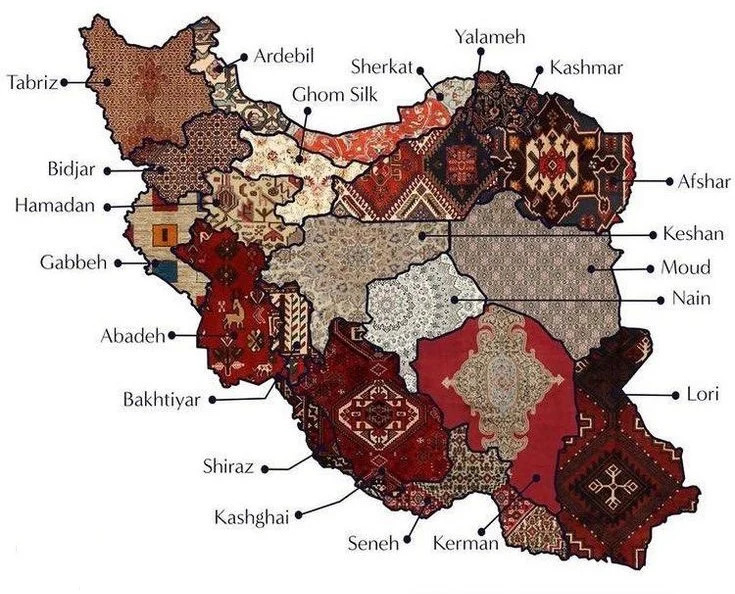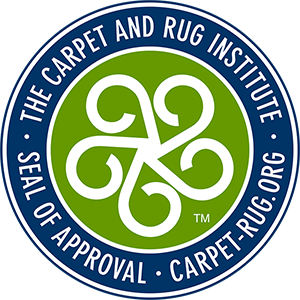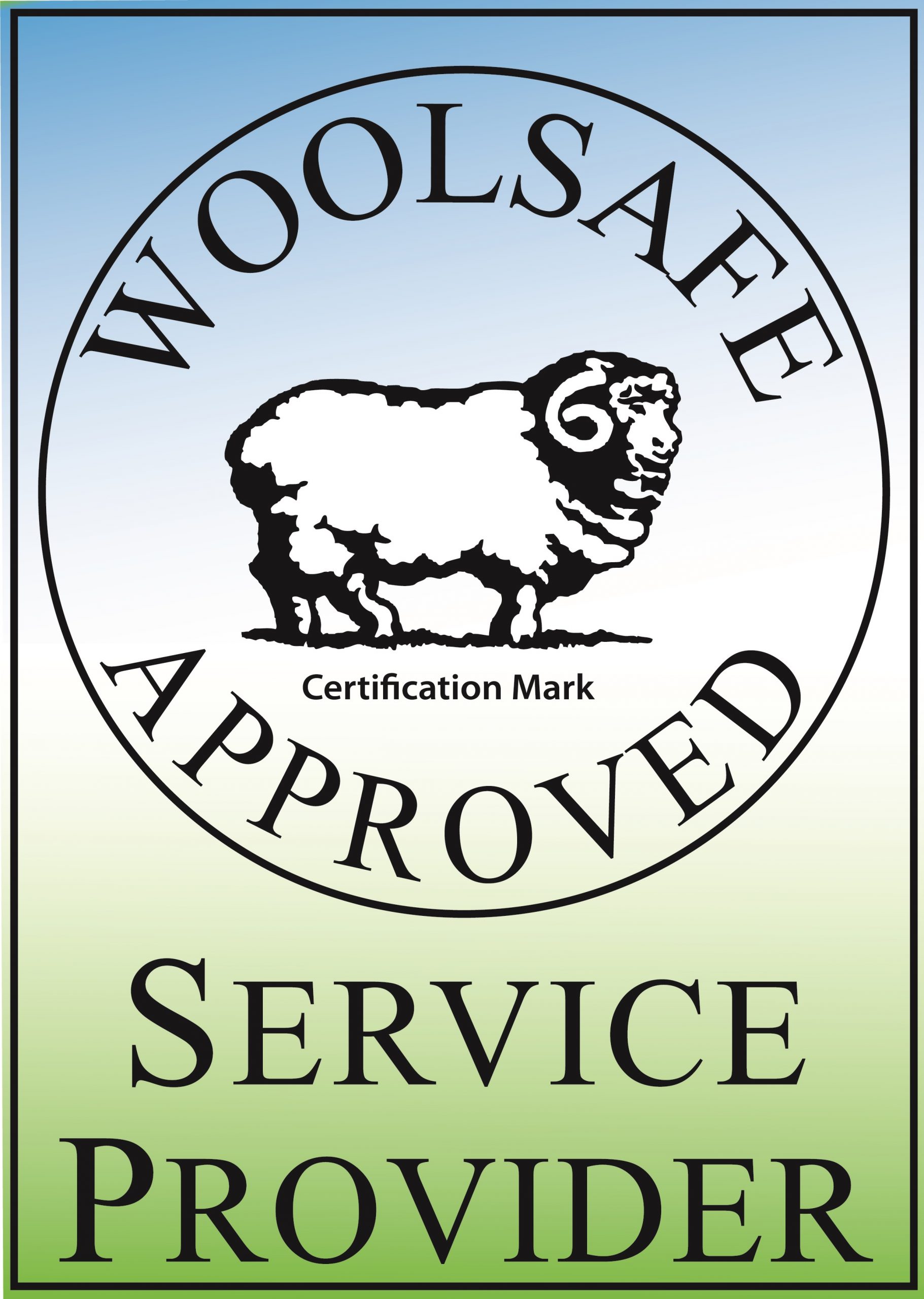
Oriental vs. Persian Area Rugs: Key Differences and Origins
Oriental and Persian area rugs are often considered the pinnacle of craftsmanship and beauty. While these terms are sometimes used interchangeably, the two have distinct differences. In this article, our Rug Master will explore the unique characteristics and origins of Oriental and Persian area rugs, helping you make an informed choice for your home.
Understanding Oriental Area Rugs
Origins and Production
Oriental area rugs are a broad category encompassing rugs made in various Asian countries. The primary countries known for producing Oriental rugs include:
- China
- India
- Pakistan
- Turkey
- Nepal
- Tibet
Each region has its own unique styles, patterns, and weaving techniques, contributing to the diversity of Oriental rugs. For example, Chinese rugs often feature intricate floral designs, while Turkish rugs are known for their bold geometric patterns.
Understanding Persian Area Rugs
Origins and Production
On the other hand, Persian rugs refer to rugs produced in Iran (formerly known as Persia). These rugs are renowned for their exceptional quality, intricate designs, and rich history. Persian rugs are often categorized by the city or region where they are made, such as:
- Tabriz
- Isfahan
- Kashan
- Qom
- Kerman
Each city or region has its own signature patterns and techniques, making Persian rugs highly collectible and valuable. The intricate designs often depict floral motifs, medallions, and even historical scenes, showcasing Iran’s artistic heritage.
Key Differences Between Oriental and Persian Rugs
Geographic Origin: The most significant difference between Oriental and Persian rugs is their origin. While Oriental rugs can come from various Asian countries, Persian rugs are exclusively made in Iran.
Design and Patterns: Persian rugs are known for their detailed and complex designs, often featuring floral and medallion motifs. Oriental rugs, depending on their country of origin, can have a wide range of patterns, from geometric to floral.
Weaving Techniques: Persian rugs typically use a single knotting technique, the Persian knot (or Senneh knot), which allows for greater detail. Oriental rugs may use different knotting techniques, such as the Turkish knot (or Ghiordes knot).
Oriental Rug Salon: SW Florida’s Trusted Rug Cleaning and Repair Experts
If you own an Oriental or Persian rug, maintaining its beauty and longevity is essential. Oriental Rug Salon is SW Florida’s most respected Oriental and Persian area rug cleaning, repair, and appraisal company. We are proud to be a Certified Partner with the prestigious Institute of Inspection, Cleaning and Restoration Certification (IICRC), the International Carpet & Rug Institute (CRI), and a Woolsafe approved Service Provider.
Our technicians are highly experienced and certified, and a Rug Master supervises every cleaning and repair. We specialize in all wool and silk rugs, including antiques, Navajo, animal hides, Karastan, machine made, and rugs that have pet urine issues ensuring your treasured rugs receive the utmost care and attention. Additionally, we offer FREE pick-up and delivery for most rugs throughout SW Florida, with a turnaround time of just seven days from client approval to proceed with cleaning.
For more information about Oriental Rug Salon, visit us at https://orientalrugsalon.com/ or call us at 239-424-8171. You can also follow us on Facebook at https://www.facebook.com/OrientalRugSalon/.
Understanding the differences between Oriental and Persian rugs allows you to appreciate each type’s unique beauty and craftsmanship. Trust Oriental Rug Salon to keep your rugs pristine, ensuring they remain a cherished part of your home for years to come.
Information Sheets and Videos
- How often should I clean my area rug?
- How to identify moth and insect damage on a wool or silk area rug
- Why you should never let a carpet cleaning company clean your cherished area rug
- What is a Tufted Area Rug?
- What are those white knots or “freckles” on my rug?
- How to handle pet urine on my wool or silk area rug
- What is a Viscose rug and should I buy one?
- Explain Oriental Rug Salon’s cleaning process
- Explain your area rug appraisal process



